Health Insurance
Seasonal Allergies Cost $16,000 Over a Lifetime
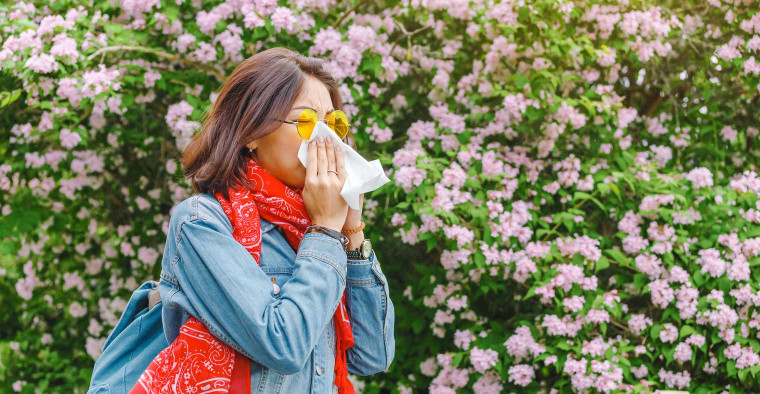
In a world plagued by a virus that can spread airborne, clean air is at the front of many people’s minds. And when the coronavirus pandemic meets an increasingly irritating allergy season, a breath of "fresh air" can sound more insidious than refreshing.
To coincide with Clean Air Month in May, ValuePenguin surveyed more than 1,200 consumers to gauge the impact of allergy season on their physical and financial health.
With nearly half of Americans reporting symptoms of seasonal allergies — and many spending hundreds of dollars on relief — it’s not surprising that 56% of Americans would support legislative action to help with the sneezy situation.
Key findings
- Seasonal allergies are common. 68% of Americans say they, or someone in their household, suffer from seasonal allergies — including 49% who have seasonal allergies themselves.
- Nearly half with seasonal allergies confused their symptoms during the coronavirus pandemic. The reason 47% stated this could be due in part to worsening symptoms, as more than a third (36%) say their seasonal allergies have been worse than normal.
- Seasonal allergies cost consumers $266 a year, on average, or more than $16,000 over a lifetime. Gen Zers ($390) and millennials ($353) with seasonal allergies spend the most, on average, while baby boomers ($143) spend the least.
- Health insurance doesn’t always cover allergy treatments, but health savings accounts (HSAs) can help. Of those with seasonal allergies, 36% say their insurance hasn’t always covered allergy-related expenses. However, 44% of consumers didn’t know allergy medicine is an eligible expense for HSAs.
- Consumers want action on reducing air pollution, especially those with seasonal allergies. 61% of those with seasonal allergies would definitely support legislation, compared with 52% who don’t have allergies.
Nearly 7 in 10 say they or someone in their home suffers from seasonal allergies
Though the ailments aren’t contagious, seasonal allergies are so common among U.S. households that it might seem that way. In fact, 68% of those surveyed report suffering or living with someone who suffers from seasonal allergies, with 49% of those respondents claiming the sniffles themselves.
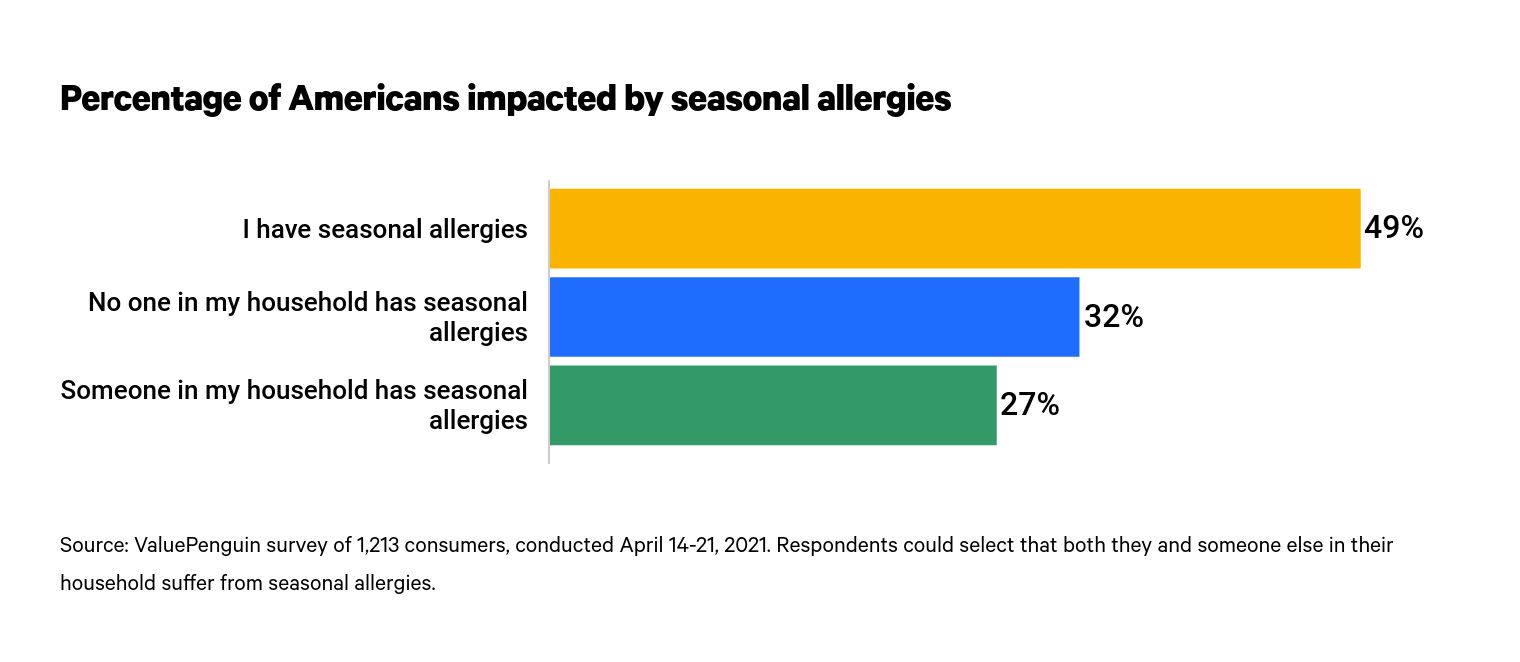
The 2021 allergy season, in particular, has proved fairly difficult for the nasally challenged. Nearly half (47%) of those with seasonal allergies say they’ve confused their symptoms during the pandemic. And more than a third of respondents — 36% — feel their allergies have been worse than normal this year.
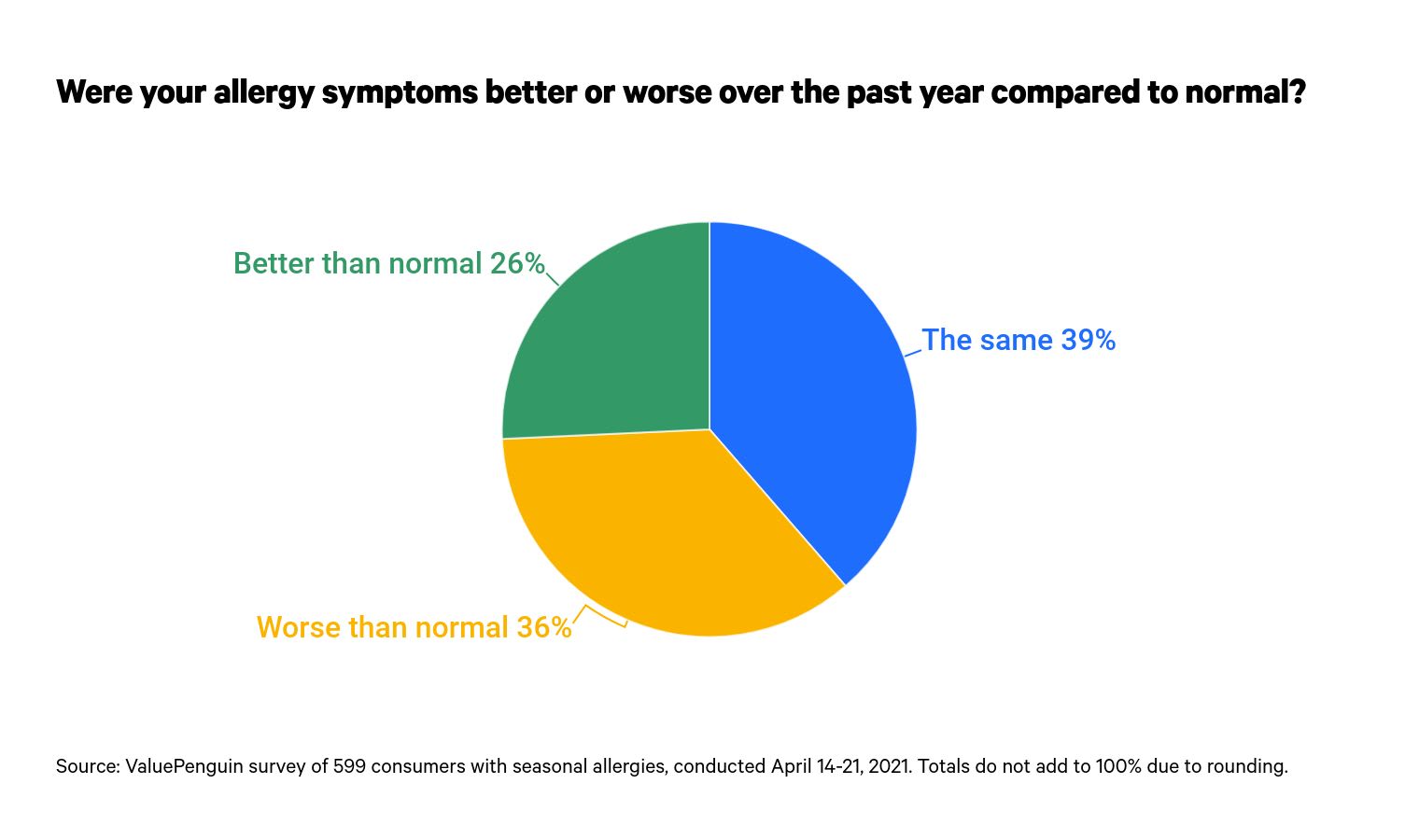
The pandemic kept many people indoors and at home at the height of last year’s allergy season, perhaps allowing more allergy-sufferers to breeze through the spring with fewer or no symptoms. Now that people are spending more time outside again, their tolerance may have dropped, leading to what feels like worse allergy symptoms. It makes sense then that 65% of those with seasonal allergies say it has negatively impacted their daily life.
Even without the pandemic, climate change has had a significant impact on allergy season as carbon emissions invite even more pollen into the environment. As such, allergy seasons have become longer and more difficult to avoid.
The cost of allergy season is nothing to sneeze at
While seasonal allergy symptoms can range widely from mild discomfort to more severe breathing complications, the cost to treat ailments comes at a cost to sufferers. ValuePenguin’s survey found consumers spend an average of $266 a year on various allergy treatments.
So what does this mean long term? The average life expectancy in the U.S. is 78.7. If an 18-year-old lives to be that age and spends an average of $266 a year on allergy treatments, they would pay $16,146 over their lifetime.
When broken down by generation, annual spending varies:
- Gen Zers (ages 18 to 24): $390 a year
- Millennials (ages 25 to 40): $353 a year
- Gen Xers (ages 41 to 55): $209 a year
- Baby boomers (ages 56 to 75): $143 a year
Nearly half (49%) of respondents say their allergies have caused them to miss work or school because of their symptoms. Men (57%) were more likely than women (41%) to say they missed work or school as a result, but it’s no wonder many Americans are paying the price for relief.
Uncertainty about the best way to treat allergy symptoms could leave consumers shopping for more than one cure-all. Four in 10 respondents agree they might not know the best method for treating seasonal allergies. Though many allergy sufferers — 62% — report using an over-the-counter (OTC) medication to treat symptoms, a fair portion of respondents may be combining treatment options.
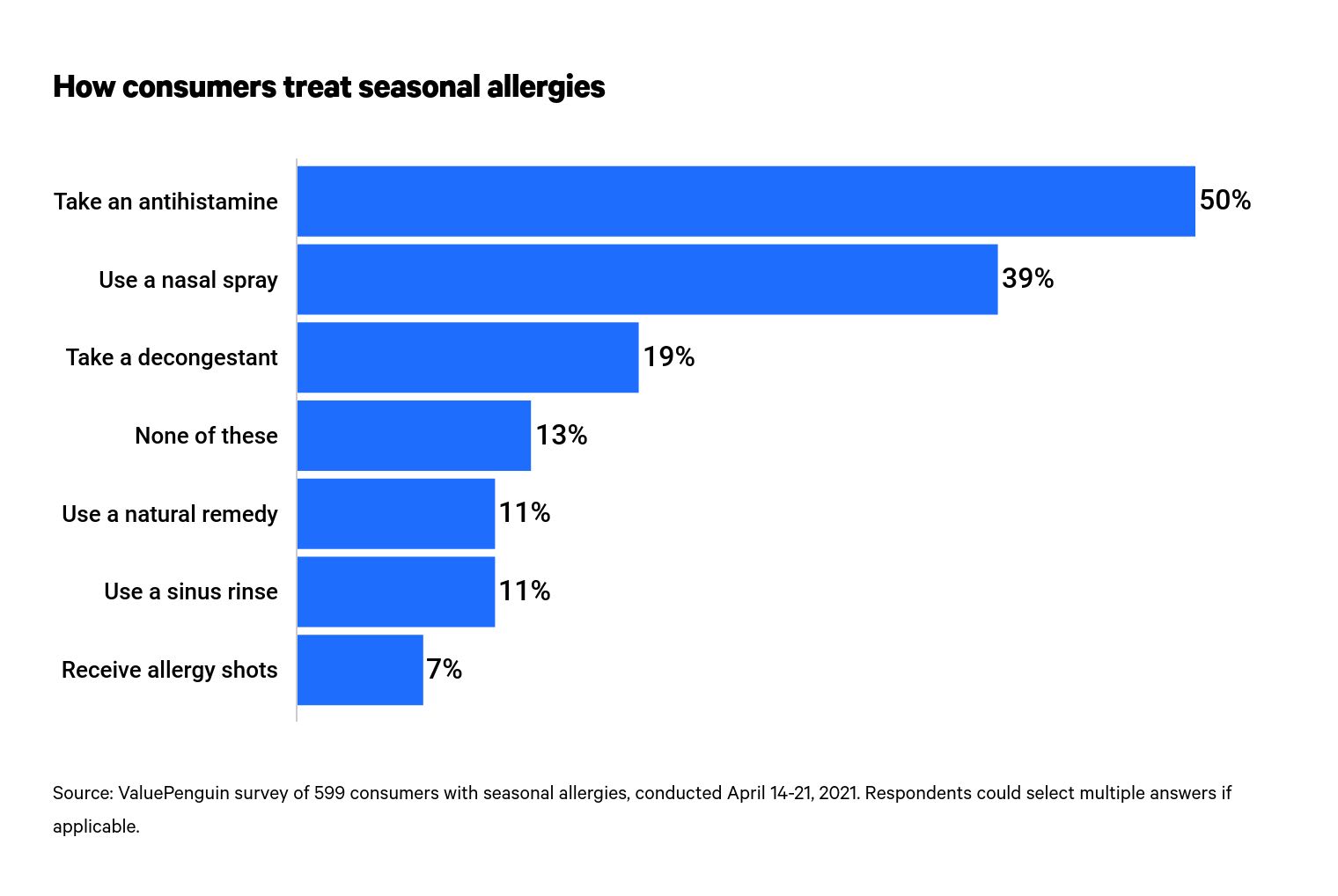
Antihistamines include options such as Zyrtec, while decongestants include options such as Sudafed.
Perhaps because most of these treatments can be purchased without a prescription, researchers found many people who say their health insurance plan isn’t helping cover allergy-related expenses.
The pollen premium
Health insurance coverage for allergy treatments can vary based on the insurance provider, the severity of the symptoms and the type of treatment. But more than a third of respondents with allergies say insurance hasn’t always covered their allergy-related expenses.
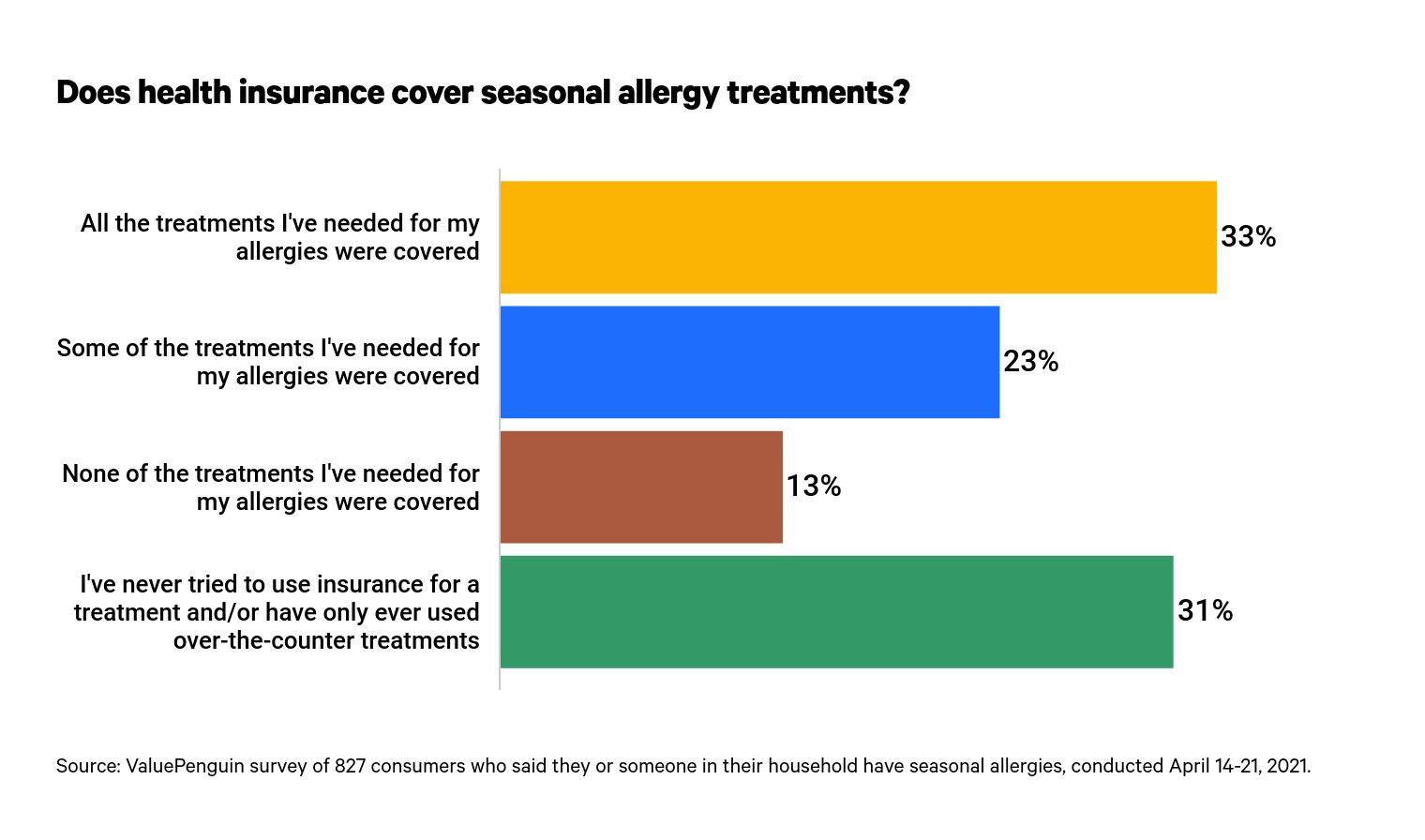
That being said, without coverage — or even a doctor’s visit — consumers may be able to save on allergy expenses by using a health savings account. Many respondents — 44% — don’t know allergy medicine is an eligible expense for HSAs, which means they could be missing out on potential savings each time they re-up their Claritin supply.
"With the enactment of the CARES Act, OTC medications are now classified as qualified medical expenses and can be reimbursed through an HSA or flexible savings account (FSA)," ValuePenguin insurance expert Sterling Price says.
Fans of breathing support clean air legislation
Many allergy sufferers have taken steps to improve their environments to help combat symptoms, including:
- Vacuuming weekly (or more often): 38%
- Dusting weekly (or more often): 33%
- Using an air filtration system: 28%
- Having house plants: 23%
- Using a dehumidifier: 17%
- Increasing ventilation: 14%
- Diffusing essential oils: 11%
- Doing something else: 2%
Though, it’s going to take more than a few air purifiers to improve air quality outside.
That being the case, 56% of respondents would definitely support legislation to reduce air pollution, and another 36% would consider it depending on the proposal. The percentage of those who would support legislation rises to 61% when only accounting for those who have seasonal allergies.
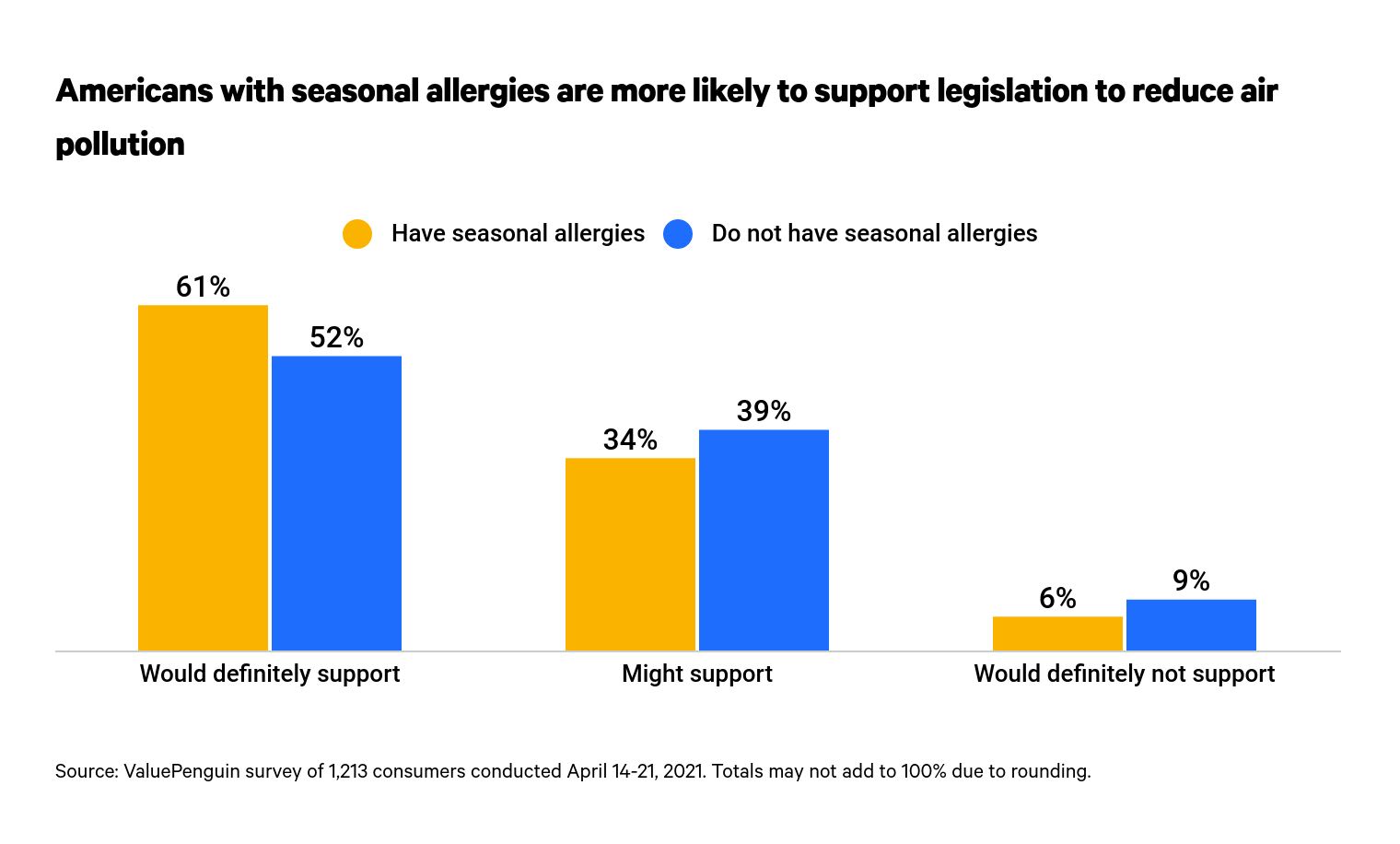
It’s not just allergies, either. Sixty-five percent of people say they’re worried air pollution in their area negatively impacts their family’s health. Dealing with allergies can be a hassle, but air pollution can contribute to longer-term and chronic conditions such as asthma and bronchitis.
Save money — and your lungs
Even if new legislation took effect tomorrow, it will take time to remedy the air around us and improve environmental conditions for allergy sufferers and everyone. For now, those with allergies can take these steps to better cope with symptoms, physically and financially.
- Keep it in-network. If your allergies have become so severe that you’re looking into or have been referred to a specialist, make sure the doctor’s visit is covered by your insurance provider. If you see an allergist who’s not covered by your plan, you may find yourself on the hook for the bill. "Choosing a plan that covers essential health benefits will better guarantee that someone will have preventative services such as allergy prescriptions covered by their health plan," Price says.
- Take advantage of HSAs or FSAs. Whether you suffer from seasonal allergies, an HSA or FSA can help you prepare for medical-related expenses if you start feeling sick. Use the funds to restock the medicine cabinet with essentials like pain relievers and cold medicine.
- Take action. Seasonal allergy veterans know the usefulness of air purifiers, vacuums and other household appliances in combating allergens in the home. Wearing a mask outdoors can also help prevent symptoms, so even as the pandemic winds down, consider the continued use of this precaution. Finding ways to "go green" in your personal life can also help the overall fight against climate change and improve the air for everyone.
Cleaning up the air will take major action from the heaviest polluters, but small steps matter, too.
Methodology
ValuePenguin commissioned Qualtrics to conduct an online survey of 1,213 U.S. consumers from April 14-21, 2021. The survey was administered using a non-probability-based sample, and quotas were used to ensure the sample base represented the overall population. All responses were reviewed by researchers for quality control.
We defined generations as the following ages in 2021:
- Gen Zers: 18 to 24
- Millennials: 25 to 40
- Gen Xers: 41 to 55
- Baby boomers: 56 to 75
While the survey also included consumers from the silent generation (defined as those age 76 and older), the sample size was too small to include findings related to that group in the generational breakdowns.